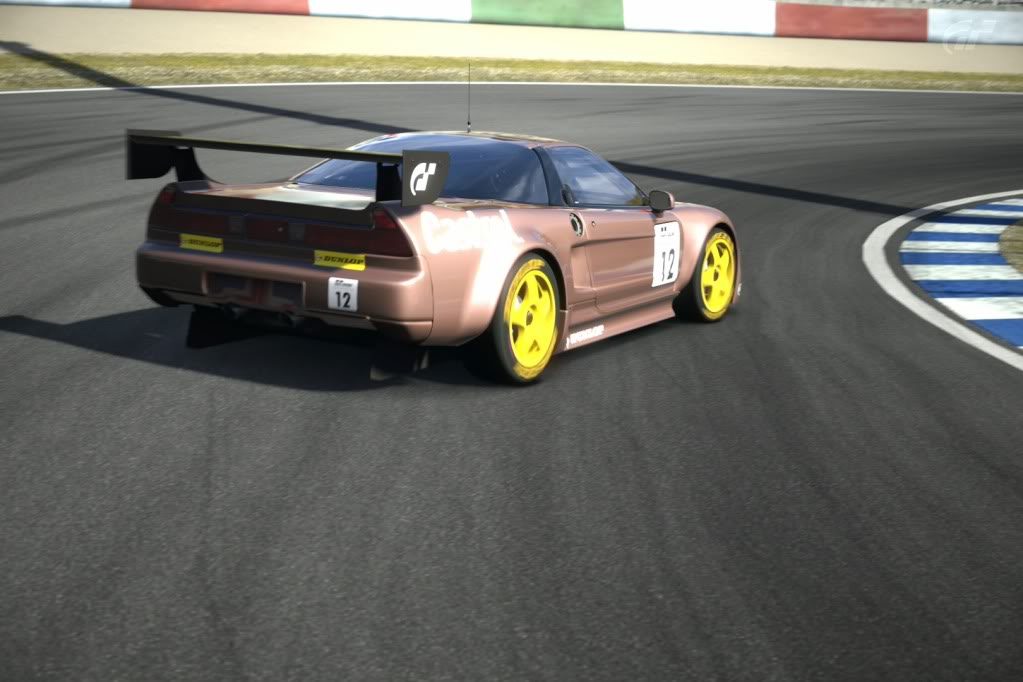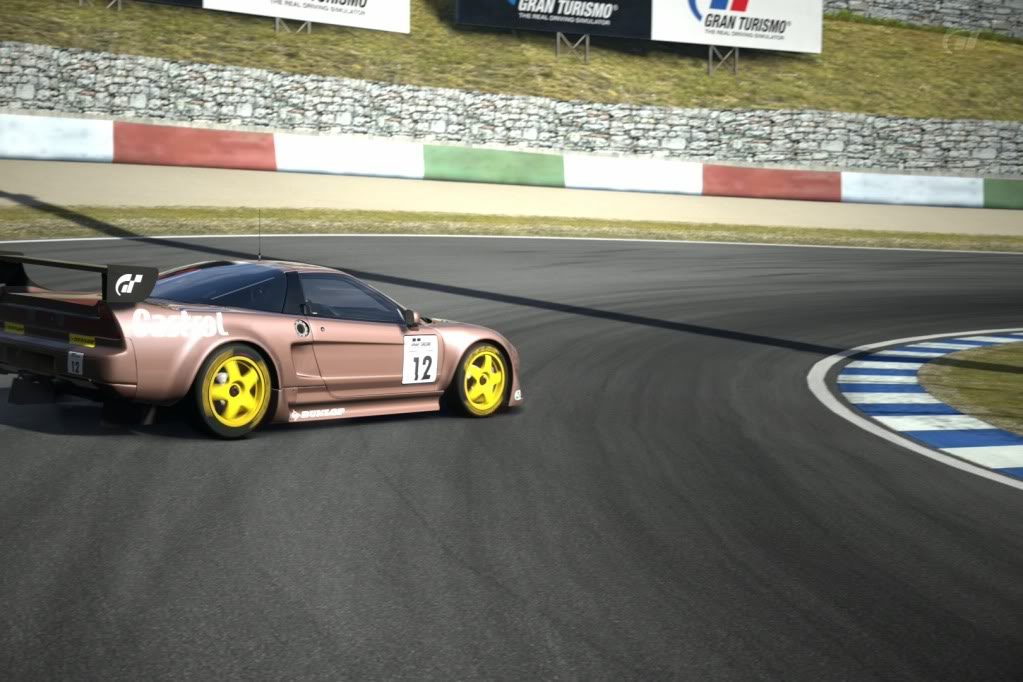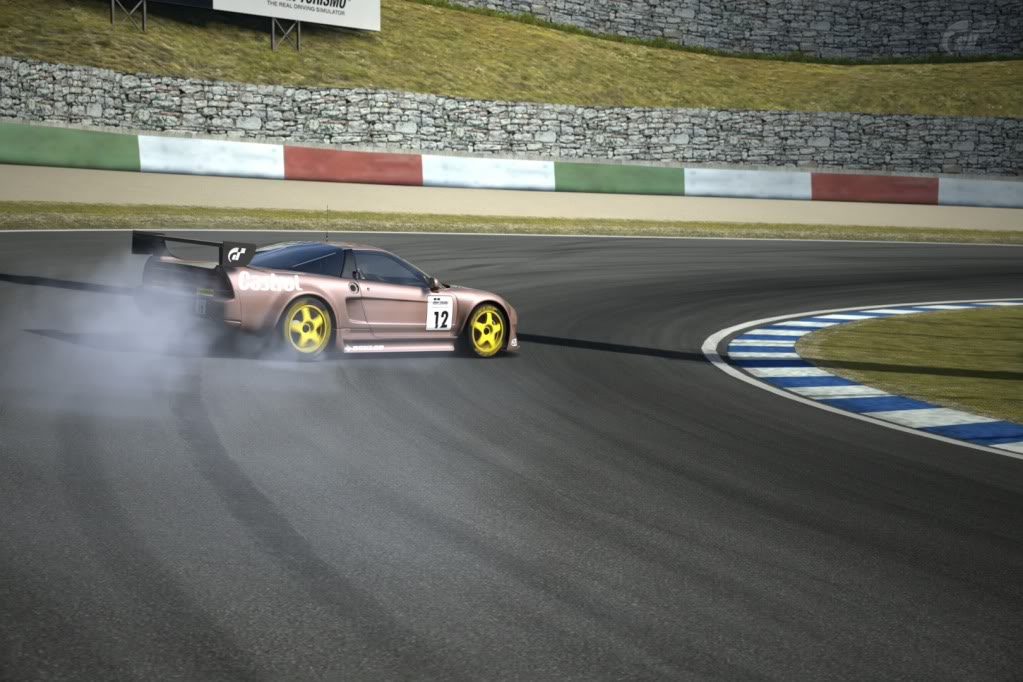I didn't want to start an argument - why does every thread turn into an argument?
I really just wanted a quick and concise guide to "what's backwards and what isn't" (we had the same problem with GT4). It was just way too confusing trying to think what I would do in reality and then try to remember which settings were reversed. Thus I thought that maybe, instead of tuning guides which try to look at reality and apply it to GT5, it might be nice just to have a guide as to what really works what way in GT5, ignoring reality along the way. So thanks again for the "short version" of the guide.
For those arguing, using the backwards method definitely and quite clearly works for me. Every car I've tuned exhibits less oversteer as I stiffen the back as compared to the front, or soften the front as compared to the back. And that *is* the reverse of reality for the most part. On my Porsche, for example, I can go from "nice and neutral" to "holy-moly loose" just by adjusting my rear sway bar from a softer setting to the stiffest setting. And that's what most real-world tuning guides will give you as a general rule-of-thumb. And that's why so many of us see GT4/5 suspension tuning as "backwards". But that's probably simplistic. In reality the "softer end sticks better" is not an absolute truism. For example, a stiffer front sway-bar setting is usually said to increase understeer, but depending on the car, suspension type, setup etc. it might actually prevent the chassis from leaning enough that you maintain a better contact patch and thus you might decrease understeer instead of increasing it. My Beetle, with it's antiquated suspension based out of the 1940's, understeers less as I stiffen the front because I'm able to retain a more consistent (and larger) contact patch on the front end. Stiffening the rear (adjustable shocks on that end plus a heavy sway bar) cause the swing-axle design to react very strangely and to hit the limiter-straps (to prevent wheel tuck) too often, so that's a real juggling act between stiff enough and too stiff, and it probably doesn't react the same way to that adjustment as most other cars would. So it's not a surprise that we have differing opinions. What works for some, or even most cars won't necessarily work for all of them.
Yes, the second half of this post is what I refer to when I say people get caught up in the details. (not saying you shouldn't, just that I don't care to)
There is no "absolute" for what always happens IRL, because of the variables, and that's fine, people can go all day about those.
But as you've seen, in GT5, variables don't exist the way they do IRL, and the staple form of tuning for GT5 is to stiffen the front for over-steer, and the rear for under-steer.
Out of the 100 or more cars I've now tuned or tweaked, not a single one has fallen outside this ruling, and I've seen where people get theories for opposite effects.
Those theories usually involve using ride height and camber to fight against the suspension inclination, for example, a lower front end for understeer, a stiffer front for over-steer, and then more camber on the rear to stop the over-steer the rest of the tune sets off.
There's many combinations to have a car with a stiffer front suspension end up under-steering, but you'll have to set the suspension to fight itself, which is something I would never advise.
But the believers say it's because their setup is working in tandem, i.e, a lower front needs a stiffer spring, etc. While this is true, knowing a lower front ride height increases under-steer, and stiffer spring increases over-steer, they should know that it's still "backwards" for what's considered the "norm" in real world tuning.
And that's why I say "in any and every case", because while you can hide (intentional or not) what the settings do through other settings, it doesn't change what the settings actually do.







